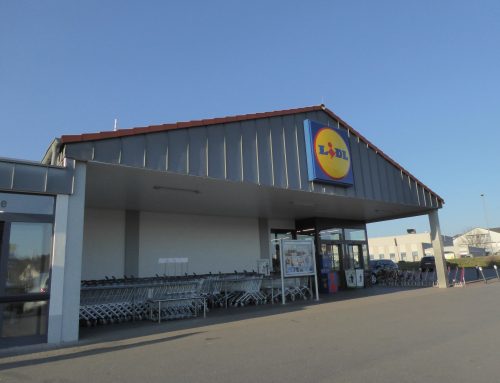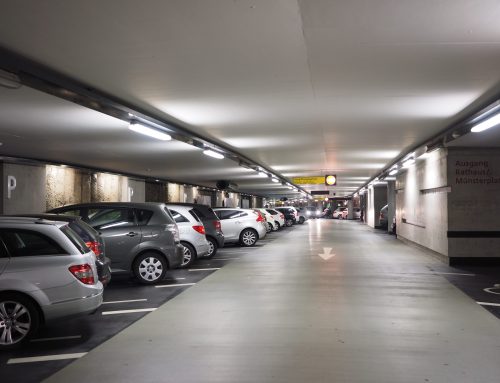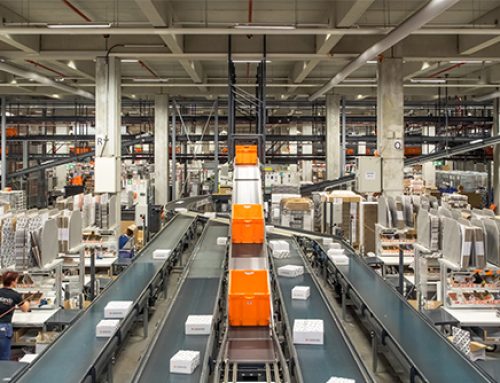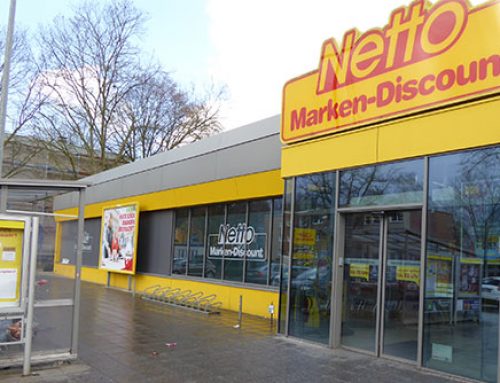DIWG publishes “Trend Report German Office Market: A- and B-sites in comparison 2018”
When it comes to making an investment decision on the German real estate market, most investors opt for one of the top 7 office locations. These include Berlin, Dusseldorf, Frankfurt, Hamburg, Munich, Cologne and Stuttgart. But why are investors standing in line to invest in these markets in these so called top sites and are satisfied with relatively low returns, especially when the German office market offers less risky alternatives?
The main motivation for this are probably the lack of information for the market development of the so-called B-locations as well as non-verified requirements for investment decisions from the corporate headquarters. However, due to the lack of offers at the top 7 locations, some investors have changed their views so that B-locations come more and more into the investment focus.
Of course, investment can be made in all locations, but investors need to have a more transparent overview of the risks before they make their investment. With the choice of their risk class, investors eventual decide upon their investment. Risk-averse long-term investors should definitely avoid investing in Frankfurt. Investment risk-takers, however, will find regular investment opportunities in Frankfurt. In many cases, today’s B-locations have the potential to be classified as an A-city and in return, some A-cities are going to have to lose their top classification.








